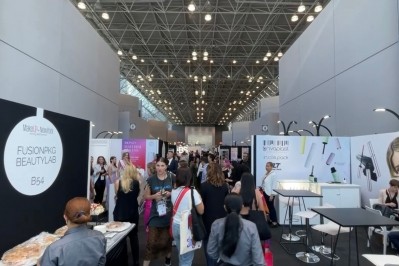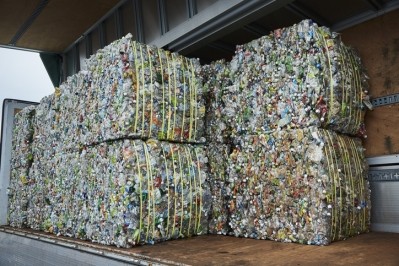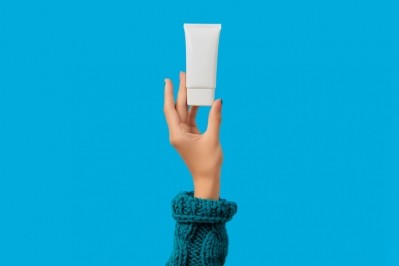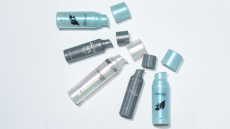WWP Beauty on bringing “future-focused materials” to cosmetics packaging
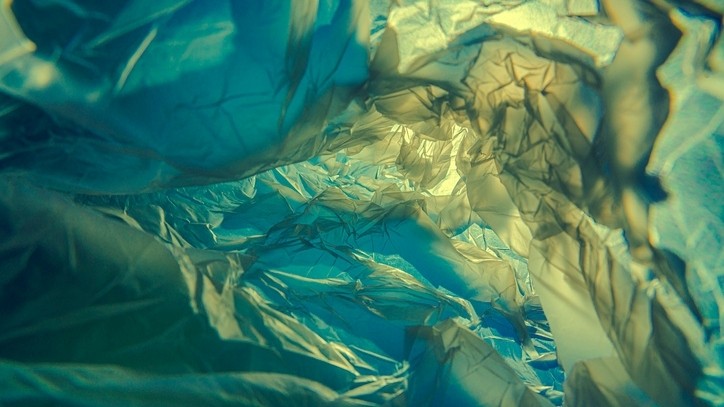
Packaging supplier WWP Beauty brought sustainable packaging options to Luxe Pack NYC, including advanced recycling plastic resin from Eastman and biopolymer.
While these lines are not an indictment of traditional PCR plastic packaging, senior director of global sustainability and sourcing at WWP Beauty Michael Tognetti told CosmeticsDesign that these lines are filling a gap for brands who want to go above and beyond in sustainable packages.
“In the last couple of years, there was definitely a focus on trying to make things recycle ready or look to the end of life,” Tognetti said. “A lot of brands are now starting to look at the beginning of the life of the packaging too, and having these materials just gives more options.”
Beyond PCR packaging
The introduction of the Eastman line is a way for WWP to engage in the next generation of recycling, Tognetti said. Beyond traditional PCR plastic, advanced recycling expands the types of plastic feedstock going into the packaging.
Chris Layton, sustainability director at Eastman told CosmeticsDesign that the company’s technology allows for any form of plastic which can’t be mechanically recycled to be turned back into an essentially virgin resin.
While there are multiple players in the advanced recycling space, Tognetti said Eastman is a leader and is able to work with the supplier and their client to build out sustainable packaging marketing stories.
WWP also brought a few different biopolymer lines. Tognetti said the supplier started by creating a sugarcane-based biopolymer but has since expanded its offerings.
With biopolymers, Tognetti said traceability is important so suppliers like WWP can be sure the feedstock is not impacting food sources or water tables.
“It's looking at where it's coming from, who the suppliers are, materials going into it, making sure it's second and third-generation biomass so you're not impacting food sources,” Tognetti said. “You want to be taking a product that's going to be thrown away or composted anyways, giving it that second life.”
He added obtaining this data can be harder with newer materials.
Integrating into the market
One of the main hurdles for WWP’s clients in integrating these packaging types is the timeline, Tognetti said. While some types, like the advanced recycling resin or some biopolymers, are easily integrated, others take additional design and testing.
In order to overcome that hurdle, he said partnerships with the packaging supplier and the material suppliers are important.
“If there is a supply limitation, or there's going to be a spike in demand, we can plan for it together,” Tognetti said. “We do that with all the materials, especially in today's environment where supply chain and logistics are very vulnerable.”
As more brands engage in the sustainable packaging types, WWP will work to scale up productions with both those doing big concept planning and market-ready products.
